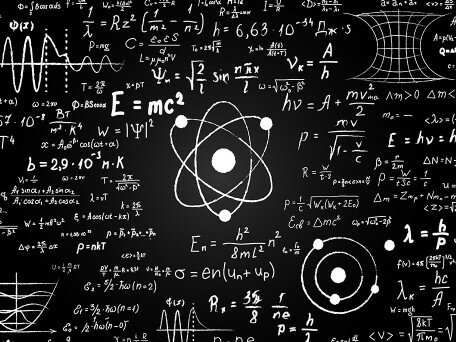Efficacy of a novel auditory-working-memory training program in improving speech-in-noise perception, cognitive functions and subcortical encoding of pitch in older adults with untreated hearing impairment
- 項目計劃:
- 優配研究金
- 項目年份:
- 2023/24
- 項目負責人:
- 陳源博士
- (特殊教育與輔導學系)

One innovation of the proposed AT-WMT program is to train working memory and SIN perception within one task to save training time while maximizing the transfer effects, instead of implementing working memory training and auditory training as two parallel tasks.
In Hong Kong, 43% of older adults with hearing impairment (HI) have refused medical referral or hearing aid rehabilitation and most of them are with mild-to-moderate sensorineural HI (Chen et al., 2022). Untreated HI is associated with social isolation, depression, and reduced quality of life (Henshaw & Ferguson, 2013) and 16% increase in the risk of incident dementia diagnosis (Fritze et al., 2016). They often complain “I can hear but I cannot understand what is being said in noise” (Humes et al., 2019). Economical and accessible alternative interventions thus, should be considered, such as the use of home-based computerized auditory/cognitive training, to improve cognitive functions and speech-in-noise (SIN) perception in this population (Ferguson & Henshaw, 2015). However, no such training program exists for Cantonese-speaking older adults. Therefore, we have developed a training program that incorporated both auditory training and working memory training (AT-WMT) for older adults with untreated mild-to-moderate sensorineural hearing impairment (UMHI). One innovation of the proposed AT-WMT program is to train working memory and SIN perception within one task to save training time while maximizing the transfer effects, instead of implementing working memory training and auditory training as two parallel tasks. The aim of the proposed study is to examine the efficacy of the proposed AT-WMT using a randomized controlled trial. In addition, Auditory Brainstem Responses to Complex Sounds (cABR), a scalp-recorded physiological measurement, can be used to document AT-induced neural changes. cABR could be evoked using different speech stimuli. For the first time, we will measure whether cABR evoked by lexical tones can demonstrate treatment efficacy. cABR evoked by lexical tones have the potential to became a neural biomarker specific to Cantonese speakers to elucidate biological mechanisms contributing to auditory learning success, to predict training effects, and to select participants. A total of 120 Cantonese-speaking older adults with UMHI (40 per group) will be recruited and randomized prospectively into three groups: the AT, the AT-WMT, and a control group. Speech perception in noise test, cognitive function tests, and cABR will be administered before and after the intervention to demonstrate treatment efficacy. It is hypothesized that the proposed AT-WMT will outperform the AT and the active control in improvement of speech perception in noise and cognitive functions. In addition, cABR evoked by lexical tones can document training-induced neural changes.








